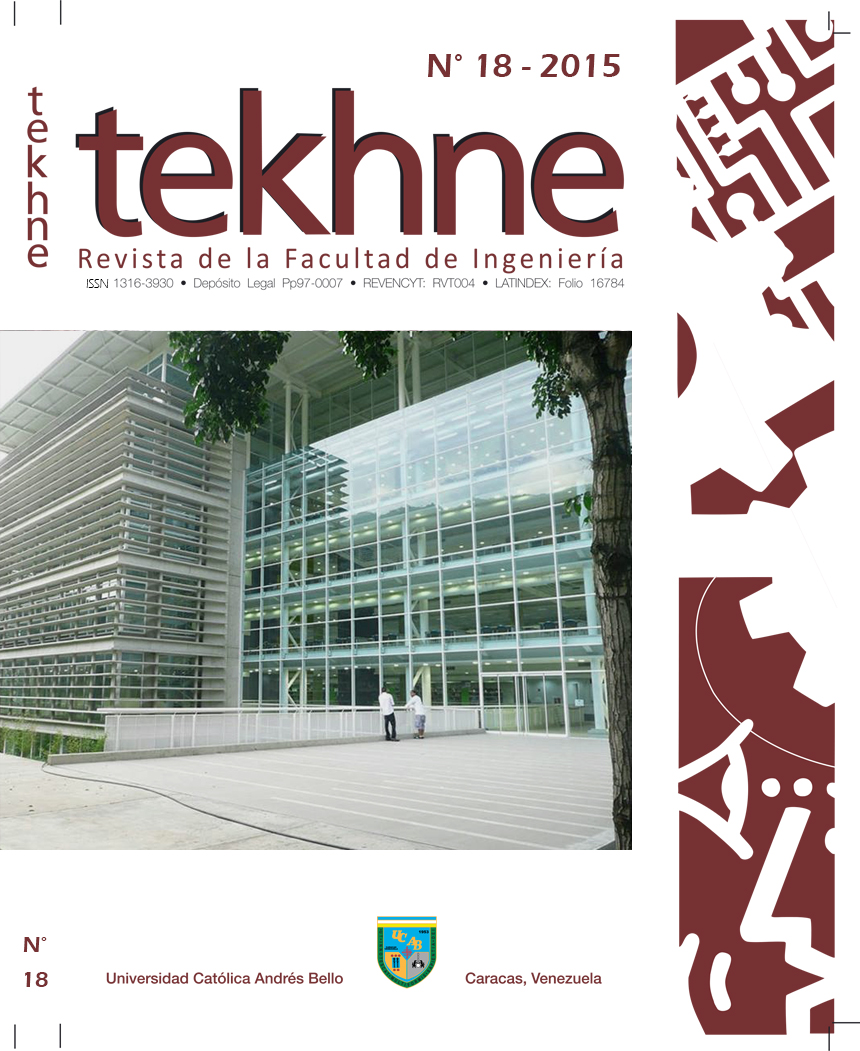Landslides in the Evolution of Civilizations from the Romans to the Incas
Los Deslaves en la Evolución de las Civilizaciones desde los Romanos hasta los Incas
DOI:
https://doi.org/10.62876/tekhn.v1i18.3272Abstract
Landslides are natural processes
that has shaped the topographic relief for
give way to the development of the main
capitals and important cities in the world,
whose product of slipped materials and
transported by water are accumulated
foot of the mountains, forming slopes
soft. They constitute stability problems
in mountainous areas, due to saturation
of the slopes, due to the effect of continuous rains,
where the loss of resistance of the rocks,
affected by weathering, causes
landslides in the form of flow, leaving
topographic amphitheaters of convex shapes.
Landslides have hidden ancient cities
that have been the subject of investigations
archaeological.
The research object of this work
is based on experience of the effects
destructive of the landslides that occurred in Vargas,
Venezuela in 1999, a natural event of great
magnitude occurred in a period of 72 hours with
loss of more than 7,000 human lives, whose
recovery from visual effects was less
at ten years old. The evidence
geomorphological characteristics of landslides, at
world are in sight, convex shapes in
the topographic relief and the accumulation of
cone-shaped downhill materials
colluvial, on whose reliefs after the
event were developed and expanded
civilizations. Observations of the
indicated conditions can be displayed
on tourist visits in the valley
Urubamba in Peru, throughout the cities
from Pisac, Ollantaytambo and Machu Picchu,
where the extensive development is related
agriculture achieved by the Incas, through the
construction of terraces for crops, in
generally implemented in the numerous
topographic amphitheaters of convex shape in
the hillside.
Topographic forms in amphitheaters
constitute the product of landslides in a
near past which according to the
climate change studies, the last
important event, it could be placed among the
10th and 12th centuries, followed by the development of
Inca empire. Climate changes have been
those responsible for hiding the empire
Roman, which allowed the resurgence of
Europe from the 11th century.
Landslides have happened over time
geological due to the erosion of the relief of the
earth's crust, which together with the
effects of erosion, transportation and
accumulation of large volumes of
sediments have given rise to rocks
sediments that control 70% of the
earth surface.
The issue of landslides is considered
great interest in the evolution of man,
highly associated with climate changes,
that constitute an effect on the disappearance
of civilizations and the resurgence of new
generations with better standards of
quality in settlement formation
humans. The history of human evolution
in the last 5000 years, may be linked to
landslides mainly in concealment
of cities or monuments, which have
been the subject of excavations in
archaeological investigations. In the process
of concealment it is important to relate the
origin of sediments and the environment
of the natural events involved.
The study of climate change, such as
fashionable today, it appears to be a process
natural as demonstrated by the results
detailed information from different researchers in the
last 1800 years. Apparently, the last
natural events that associate the occurrence
of large landslides on a global scale are located
between the 10th and 11th centuries, coinciding with the
concealment of the Roman Empire and the
beginning of the Inca Empire.
Downloads
Downloads
Published
How to Cite
Issue
Section
License
Copyright (c) 2017 Array

This work is licensed under a Creative Commons Attribution-NonCommercial-ShareAlike 4.0 International License.




